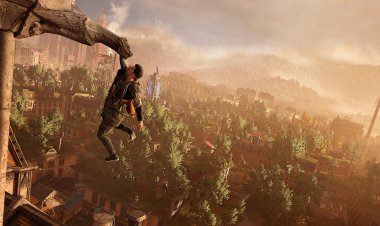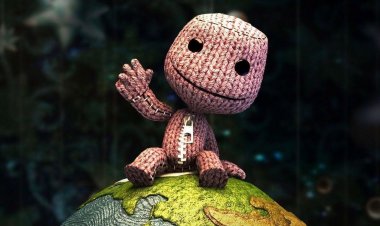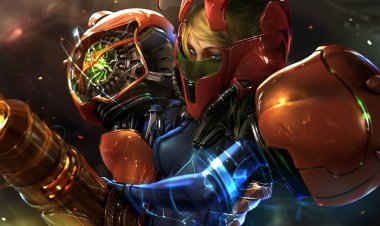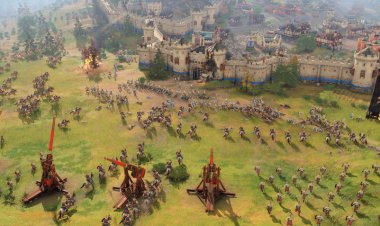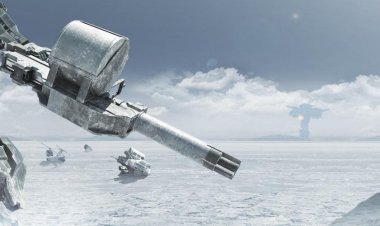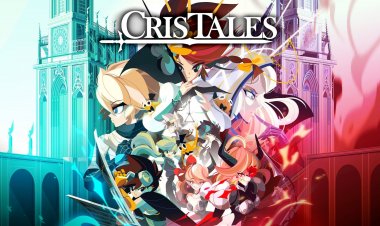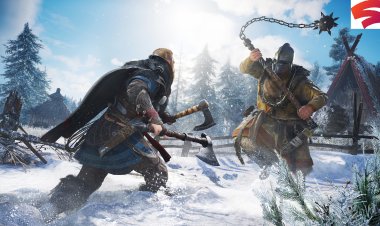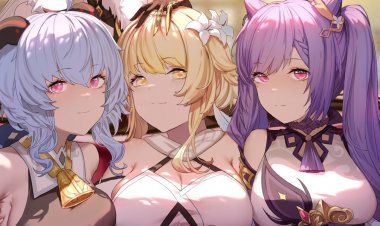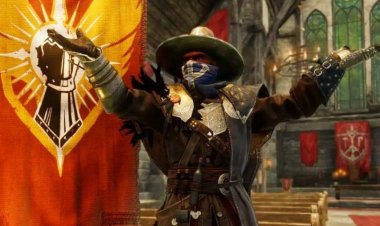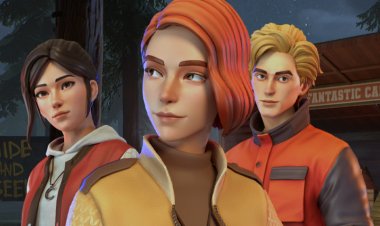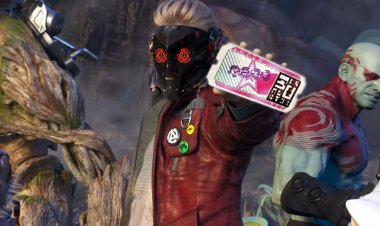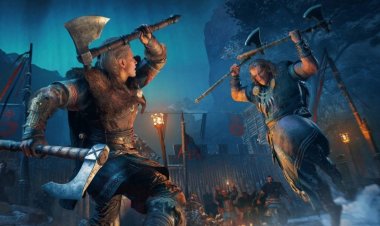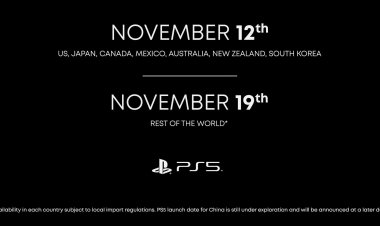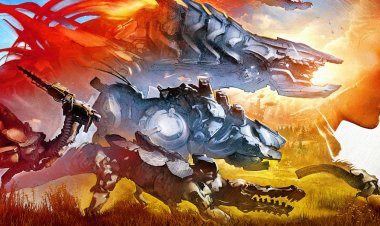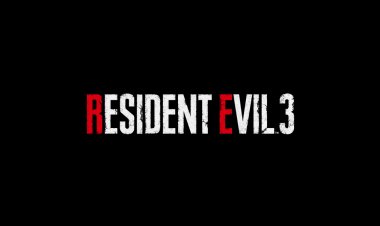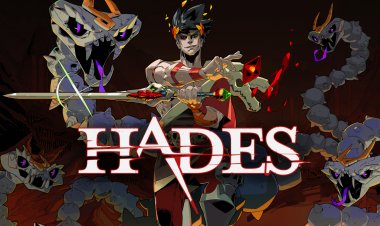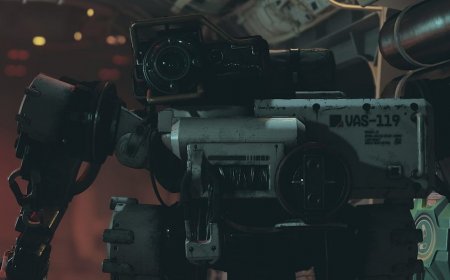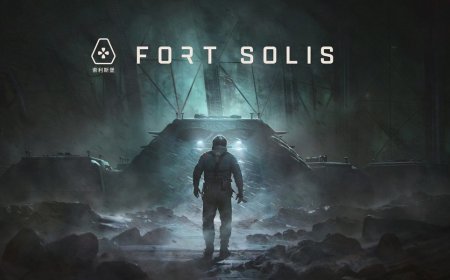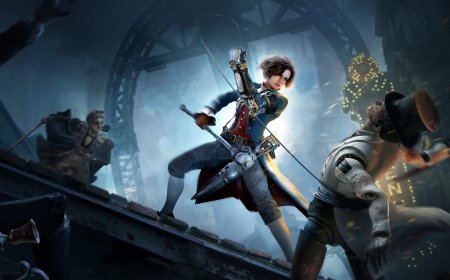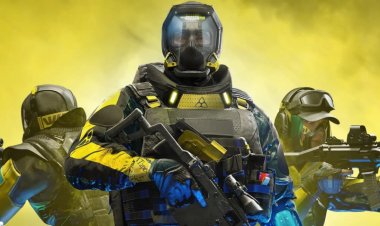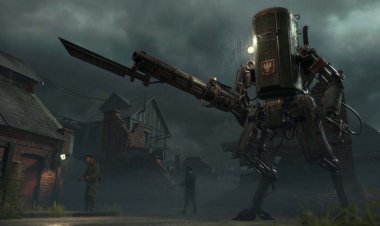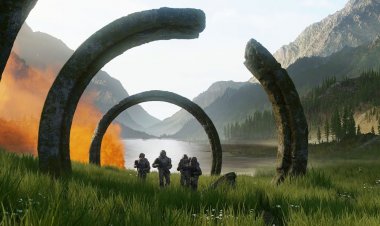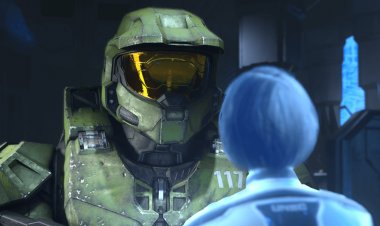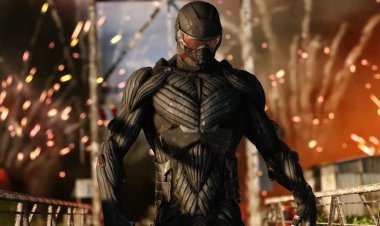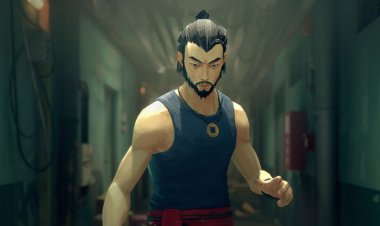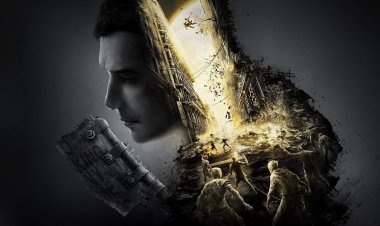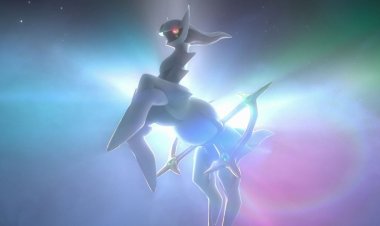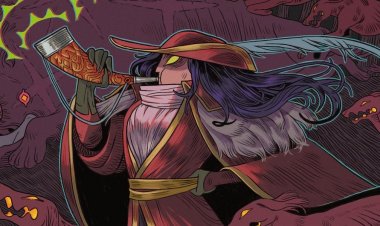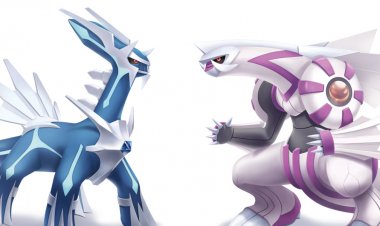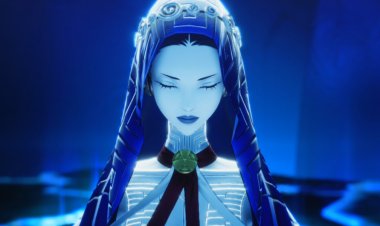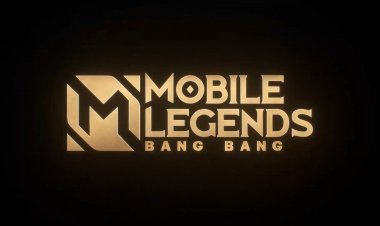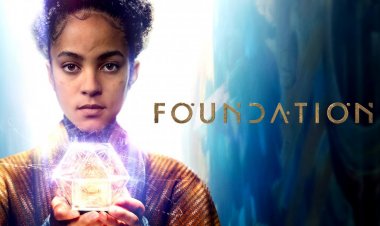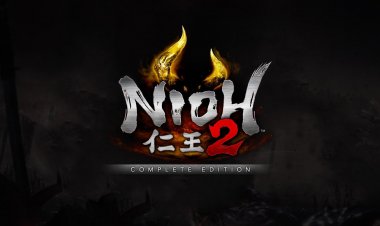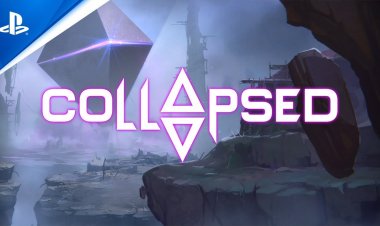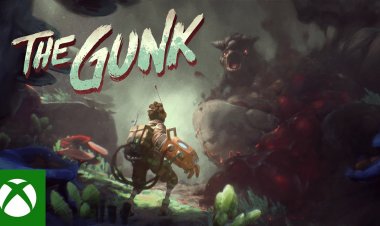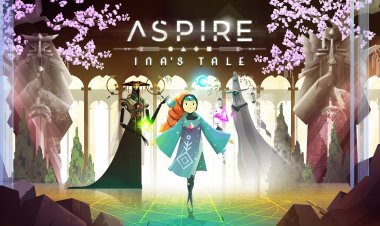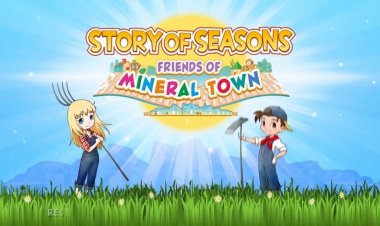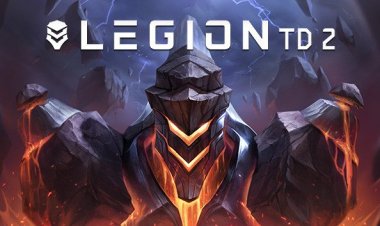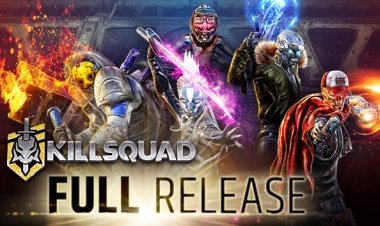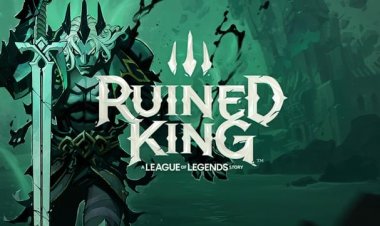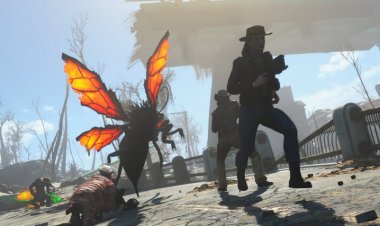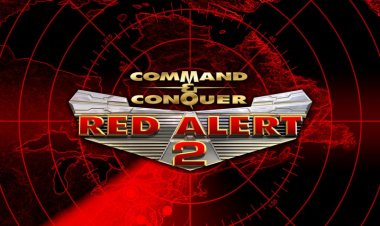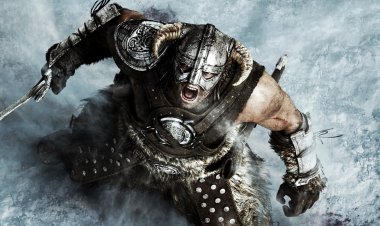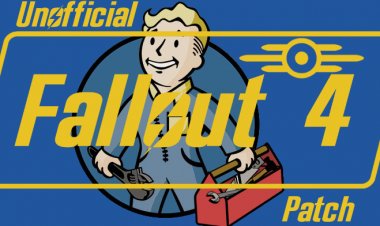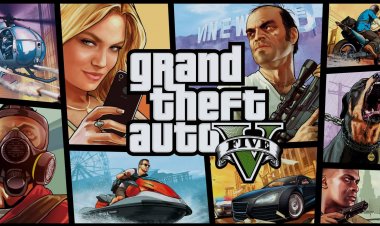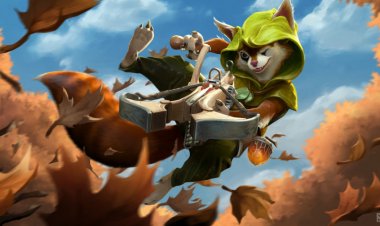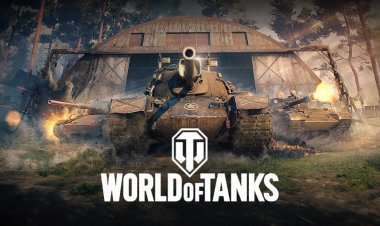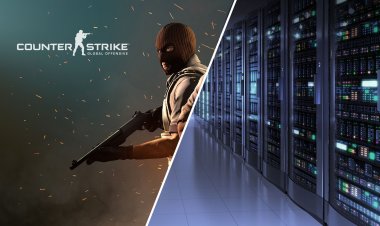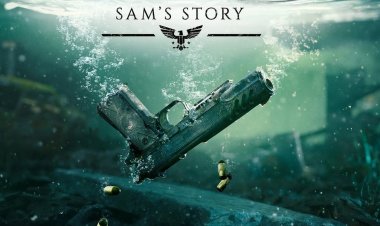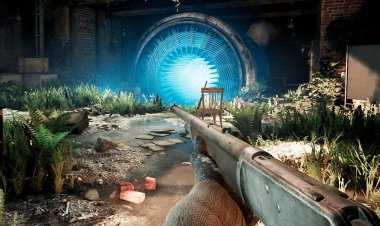Final Fantasy XIV: Endwalker - Review
Rare multi-part works end in a decent way. But in the case of Final Fantasy XIV, it managed to put a spectacular point in history.
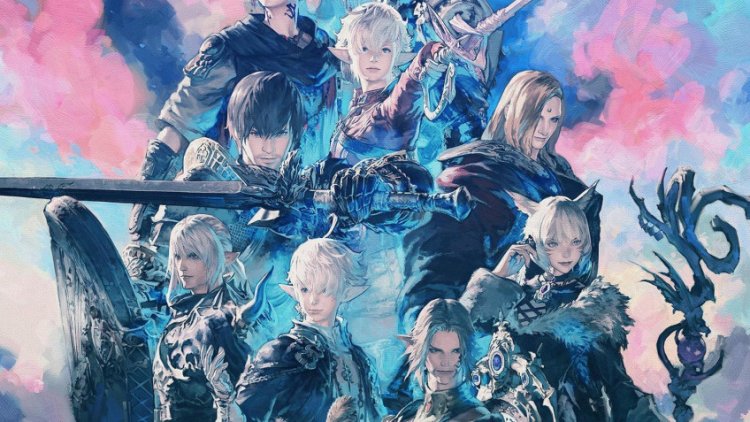
Rare multi-part works end in a decent way. Some forget about their essence and slide completely into the wrong place, others in an attempt to surprise the player begin to clumsily rewrite their own canons, others completely break off in mid-sentence. But in the case of Final Fantasy XIV, it turned out quite differently. This MMORPG at the peak of popularity managed to put a spectacular point in the story, which was prescribed for ten years.

Through the thorns to the stars
Naoki Yoshida took over the development of Final Fantasy XIV at the end of 2010 - immediately after the release, when the failure of the game became obvious to absolutely everyone, including the management of Square Enix. Already in the spring of 2011, the first content patches were released, preparing a few users of the game for a future restart and a new storyline created under the curatorship of Yoshida. It was she who came to an end with the release of Endwalker.
It all started with the confrontation of the empire, which tried to seize the continent of Eorzia. The imperial general, after a series of defeats, decided to literally drop a satellite of the planet on the recalcitrant Eorzians — in the latest patches of the original FFXIV, the hero unsuccessfully tried to prevent this. The disaster marked a complete restart of the game: FFXIV changed both the engine and mechanics to be reborn under the title A Realm Reborn. The project was received very warmly, but with a solid foundation, ARR was not distinguished by good quality content: for long hours the hero had to rush back and forth across the mainland, solve small-town conflicts and eventually deal a decisive blow to the empire so that it finally abandoned its aggressive plans. Yes, we were introduced to the setting and key characters, but there were no particularly interesting events in ARR.

The situation was corrected by the first addition, Heavenward, which was set in the northern kingdom of Ishgard, mired in a thousand-year war with dragons. To put an end to the conflict, the protagonist went on a long journey through outlandish lands in the company of allies — the narrative was structured exactly like most single-player JRPGs. In Heavensward, the characters have become brighter, the script is more saturated, the story is focused and interesting. It was a full-fledged Final Fantasy, able to compete in quality with offline releases.
The second addition, Stormblood, returned to the less interesting topic of opposing the imperial invaders, but pleased with the scale and expansion of the setting. It took the narrative from the last occupied area of Eorzia to the overseas territories — to the Far East, to the vast expanses of the endless steppes and Japanese mythology.

Throughout these stories, behind all the conflicts was a secret group of immortal villains seeking to resurrect their dark deity. Their backstory was brilliantly revealed in Shadowbringers, which threw the hero right into a parallel world, where, thanks to the machinations of the antagonists, the forces of light won. But this is by no means the best news: due to the imbalance of the forces of nature, the apocalypse has come, as a result of which only a small piece of land remained inhabited. The locals have not seen the night for a hundred years and exist in constant fear, as the few survivors are pursued by angel-like creatures seeking to destroy the remnants of chaos — that is, the remnants of life. In this strange world, the hero gets to know his sworn opponents better, learns their history, understands their motivation — and wins.
But not everything is all right in his home world. The question of the empire is still unresolved, and the dark deity is planned to be used by people who want to see the world on fire for their own selfish purposes. This is where Endwalker begins — the final chapter of the saga, in which the hero will go not only to the empire, but also far beyond the planet.

Slow and filigree
I'm describing this story because all the FFXIV content is still relevant right from the time of the 2013 relaunch. New players will have to go the same way as veterans, from start to finish. Each issue of FFXIV is like a season of a big TV series that needs to be watched in its entirety. As in my favorite "Babylon 5", at first you will have to endure filler, almost procedural episodes, but they also make sense: they introduce the player to the setting and characters. But then the guns hanging on the walls will start shooting one after another.
In Endwalker, it is especially noticeable how good the FFXIV scriptwriters have. In the last "season" they seem to remember all the participants of the previous events in general. All your exploits were not in vain — everyone contributed to the preparation for the final. Everything fits into a single picture, nothing is forgotten, no one is forgotten.

At the same time, the Endwalker narrative suffers from well-known problems with the pace of the narrative from previous additions. History is not afraid to hit the brakes, but this is not only its strengths, but also its weaknesses. With the latter, everything is clear: when the plot slips on some topic of little interest to the player, he begins to get bored. But at the same time, a leisurely feed allows you to reveal important things as deeply and comprehensively as possible. To explain the circumstances that led to the final confrontation, Endwalker takes a pause for several hours, during which absolutely nothing happens except dialogues. Even Xenosaga, famous for endless cutscenes, did not allow herself to do this! FFXIV is irreconcilable in its desire to show every detail necessary for the completeness of the picture. As a result, against the background of most other plot games that can be compared with ordinary portraits, it looks like the work of Ilya Repin — an incredibly extensive, detailed canvas.
The amazing attention to detail allows FFXIV to answer almost all the questions that players have. No matter what crazy perturbations the characters go through, no matter what fantastic places they are brought to, there will be an explanation for everything. During the passage of Endwalker, every time I noticed some kind of scenario contradiction, within just a few minutes the same question was voiced by one of the main characters, and the claim disappeared by itself. Perhaps I have never met such scrupulousness anywhere. It is thanks to her, thanks to the presence of a foundation for all phenomena and actions, the FFXIV script turns out to be so outstanding.

It is also important how Endwalker deceives and exceeds expectations. Natsuko Ishikawa, who wrote Shadowbringers, was responsible for the script of the supplement, at the beginning of which the antagonists seemed almost the fiends of hell, and at the end they were sincerely sorry. So in Endwalker, the countries that have been at war with the empire for so many years finally invade the enemy's territory, but not to triumphantly end the holy war, but to help the civilian population of the collapsed country. And when the narrative rushes beyond the planet, echoes of the works of famous science fiction writers of the XX century are read in it. In those places where it would be easy to put a period, Endwalker puts a comma and gives something unexpected, but logical. And emotional: the game pays no less attention to the experiences of the characters than to their aspirations.
Although in general the script is not perfect, and the story told is particularly original, thanks to the scale and quality of the narrative, Final Fantasy XIV rises to a height that Xenogears used to take, leaving behind all other Japanese RPG.
Duty portion of quality
The plot, in principle, is the main thing that is in Endwalker. Everything else is plus or minus the same as it was in Shadowbringers: this is the result of many years of iterations of the FFXIV formula and dozens of large content patches. I wrote about what kind of game it is and what its main features are in a separate article back in the summer. Little has changed in the combat system since then. Some unnecessary skills disappeared, the authors somewhat revised the balance and carried out the denomination of characteristics (after the values of health and damage began to reach six-digit numbers, they were reduced by about five times). However, most classes are played in much the same way as before. Now there are two new ones: Damager the reaper, who wields the powers of darkness, and Healer the sage, who interweaves tricky combinations of spells in Greek. With them, the number of playable classes has reached two dozen.
New dungeons are good. The first ones are full of references to Final Fantasy IV, and the further ones are pleasing with an unprecedented variety: within the framework of one test, you will have to go through as many as three settings more than once. New locations were also successful. The city of scientists is Charlayan, India-inspired Tavnair and, of course, the snowy expanses of the Harleian Empire, whose population is struggling with a hangover with cucumber pickle.

Endwalker raids will not be evaluated yet, they will be added only in post-release patches. But now there is a good reason to take a look at what appeared in the game two years after the release of Shadowbringers — and everything is excellent there. I only want to reproach the scenario of three raids based on Nier: Automata, written by the author of Nier Tarot It. He did not prescribe any interesting events, intelligent characters, or a clear background, which is why his work contrasts with the rest of the Shadowbringers content. However, from a gameplay point of view, the raids are still very sensible.
But even without raids on the Endwalker release, there is something to do. The leveling ceiling for all classes has been raised to level 90, new tasks and skills have been added, crafting and collecting have been reworked once again, new treasure maps and dozens of achievements have been introduced. And this is in addition to the content accumulated over eight years.

In fact, the main disadvantage of Endwalker is how hard it is to get into it. From four in the evening until midnight in Moscow, a queue of hours is lined up to enter the game, from which you can also fly out due to a connection error. Due to the shortage of semiconductors, Square Enix was unable to launch new servers in sufficient numbers, and no one could have predicted the mass exodus of players from World of Warcraft even six months ago. The developers have already promised to compensate all the victims for at least one week of playing time as an apology, but for those who can afford to launch the game only in the evening, this is not a strong consolation.
However, the queues will pass sooner or later, and the game will remain. The game is so beloved by its audience that even now, with all the problems associated with the launch of the add-on, Endwalker instantly became the most highly rated player on Metacritic release of 2021. Deservedly.
Verdict
Final Fantasy XIV used to be one of the most outstanding MMORPG loved by the public, but with the release of Endwalker, it has become an excellent finished work that can and should be recommended to all fans of Japanese RPGs. And the abundance of diverse content ensures that no one will leave offended: neither single-player fans, nor companies ready for difficult challenges.
What's Your Reaction?













